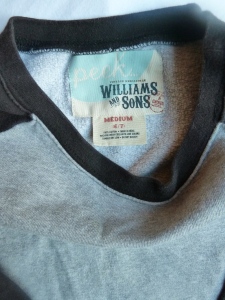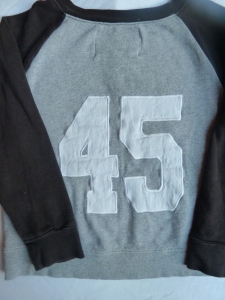A home remodel produces an astonishing amount of materials that go straight into the landfill.

Think about a kitchen remodel, for example. Everything that gets torn out will wind up in the landfill: flooring, cabinets, appliances, mouldings, windows… It’s a tremendous mound of *stuff* that’s simply thrown away, and as much as we don’t want to think about it, the out of sight out of mind principle doesn’t make all of this stuff disappear.
The truth is, if you don’t recycle, repurpose, or allow someone else to reclaim your materials, you’re adding to a giant pile of garbage that’s burgeoning in landfills all over the world.
The good news is, there is often plenty to save in a home remodel. Here are some tips to help you decide what – and how – to recycle, repurpose, or redistribute from your home overhaul.
- Solid wood is good.
Hardwood floors that are solid (not engineered, i.e. wood tops) and cabinets that have plywood (rather than composite-board) boxes are valuable on the reclaimed market. Hardwood flooring that’s rift and/or quarter sawn is particularly coveted.
Let your contractor know that you’d like to repurpose these items and ask them to remove them with enough care that they can be reused.
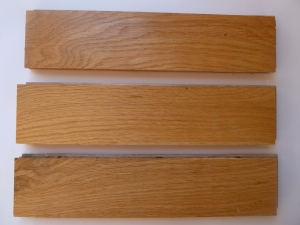
- Appliances are easy.
If your appliances are relatively new, you can likely find someone who would like them. Things to consider:
Are they Energy Star or otherwise compliant/favorable?
Are they in working order?
If you’re not sure about the condition of the appliances, and if they’re a high-end brand (SubZero, Wolf, Viking, Bosch, Miele) and/or less than 2 years old, it’s probably worthwhile to have an appliance specialist come to your house to give your appliances a good bill of health before you list them for sale. You should be able to find a repair-person to visit and diagnose for less than an hour.
Appliances sell swiftly on Craigslist, but if you’re not up for the selling process, contact an appliance reseller. You can find plenty of them on Craigslist and eBay, selling refurbished appliances. They’ll often come pick up the entire lot of appliances, pay money up front, and will give you a fair price.
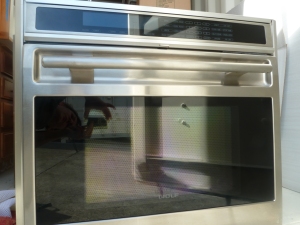
- The bathroom is where it’s at.
Believe it or not, a used Toto toilet that’s in good condition can fetch you $50-100. Although it’s not a lot of money, when you consider that you’ve also rescued the item from the landfill, it’s a worthwhile expenditure of time, and worth keeping on top of toilet cleaning so it will stay pristine before your remodel.
Claw foot tubs are coveted and can be easily resold. In good condition, you can expect at least several hundred dollars for a claw foot tub. If you’re tub is in poor condition, you’ll still find buyers looking to use it as a planter for their garden. You can sell for up to $100 or even list as a free item. Either way, it sure beats throwing it away.
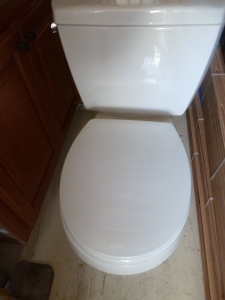
- Bonus: If your home has copper piping that’s being pulled out and replaced, let your contractor know you’d like to keep it. You can sell it as scrap and make yourself some extra cash!. Here’s how.
Leave your green remodeling tips in the comments below.
